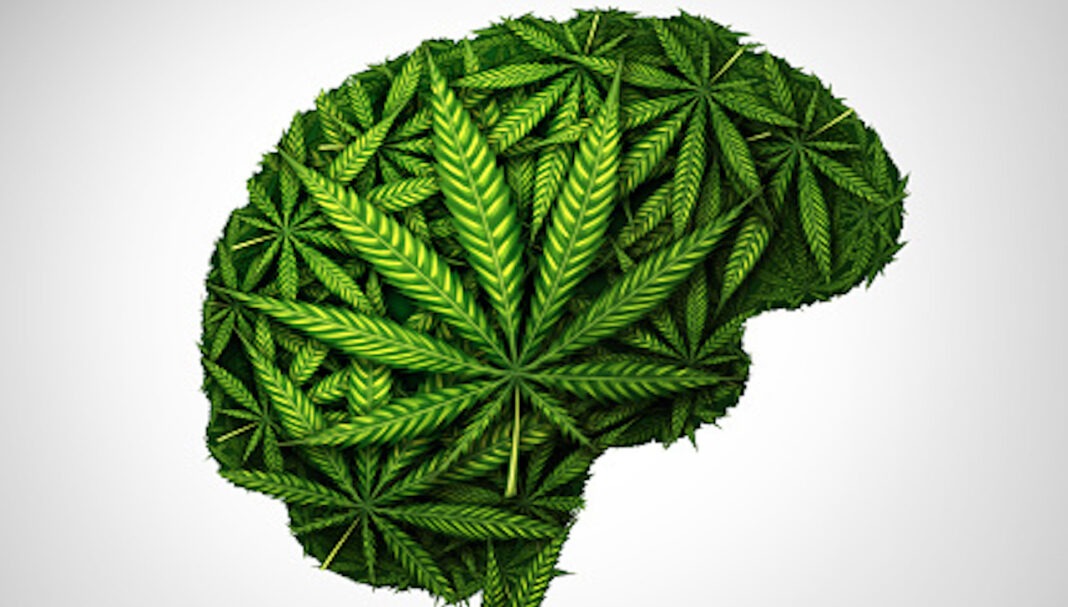Case scenario
Ping, 45, is a regular patient of the pharmacy and presents a repeat script for nortriptyline. He has had a partial response to this medicine, reporting improvements in chronic pain. When you inquire about any potential new medicines, he mentions he recently visited a new GP who prescribed a trial of a THC-dominant medicinal cannabis flower dried for vaporization, which he is yet to have dispensed. The new GP was not aware of his nortriptyline use.
Learning objectivesAfter completing this activity pharmacists should be able to: |
THIS IS A CPD ARTICLE. YOU NEED TO BE A PSA MEMBER AND LOGGED IN TO READ MORE.















